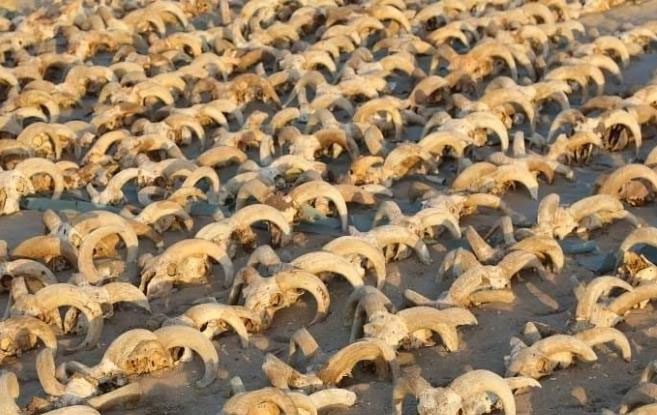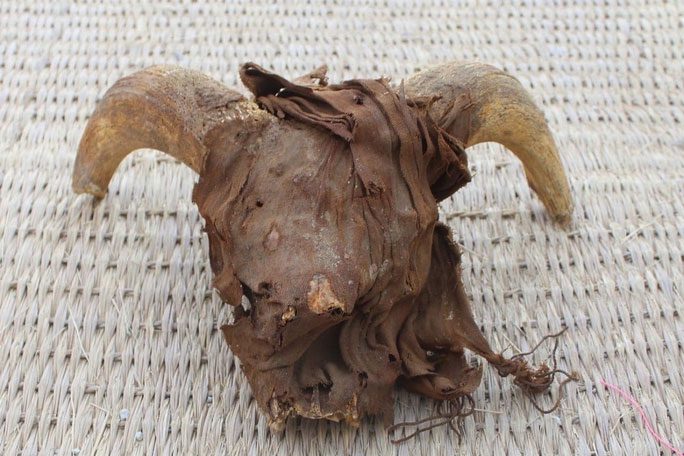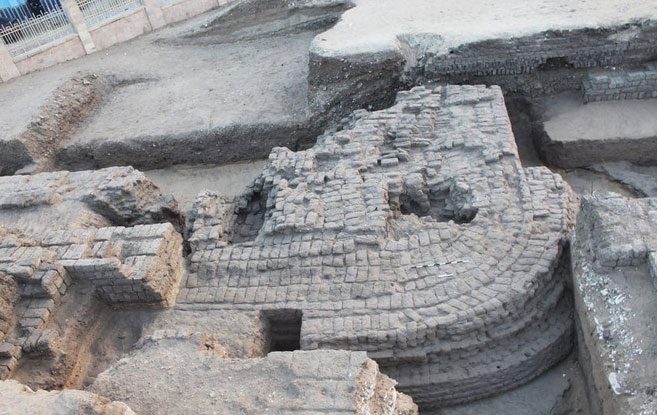A newly discovered area of the Temple of Pharaoh Ramses II in Abydos, Egypt, has revealed thousands of strange mummies that are not of human origin.
According to Science Alert, this structural complex spans 1,000 years of ancient Egyptian history, from the Sixth Dynasty to the Heroic Age, with some artifacts and relics dating back as far as 4,300 years.
A team of archaeologists from New York University (NYU) responsible for this new excavation has discovered up to 2,000 peculiar mummies, identified as the heads of male sheep.

Strange landscape of thousands of mummified sheep heads – (Photo: EGYPTIAN MINISTRY OF TOURISM AND ANTIQUITIES).
In addition to sheep, the newly excavated area of the temple also contains mummies of dogs, wild goats, cattle, deer, and an ostrich.
According to the Egyptian Ministry of Tourism and Antiquities, these mummies were created about 1,000 years after Pharaoh Ramses II’s death, serving as offerings for worship.

Close-up of a mummified sheep head – (Photo: EGYPTIAN MINISTRY OF TOURISM AND ANTIQUITIES).
In addition to these mummies, the excavation also revealed a massive structure with walls up to 5 meters thick belonging to the Sixth Dynasty of the Old Kingdom of Egypt, containing many artifacts such as statues, remnants of plants, leather shoes, clothing, and papyrus.

Recently excavated structure in Egypt – (Photo: EGYPTIAN MINISTRY OF TOURISM AND ANTIQUITIES).
According to Dr. Sameh Iskandar, the leader of the archaeological team, this discovery could help reconstruct the ancient landscape of Abydos before this renowned temple was built. The ancient architectural complex is located about 435 kilometers south of Egypt’s capital, Cairo.





















































